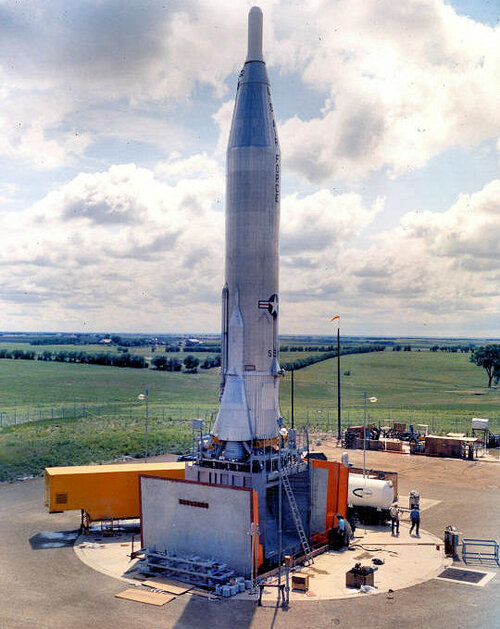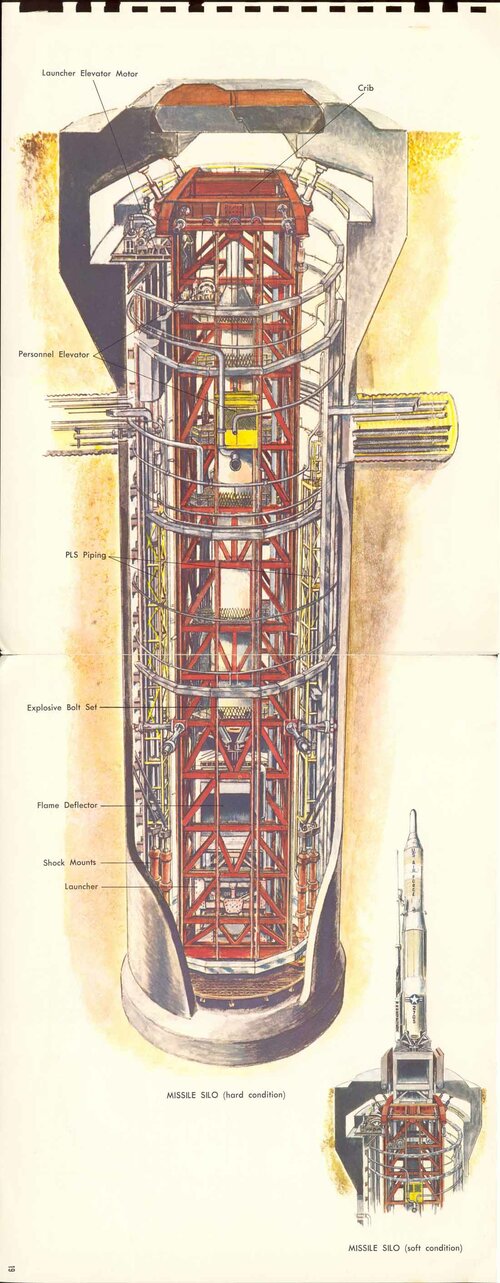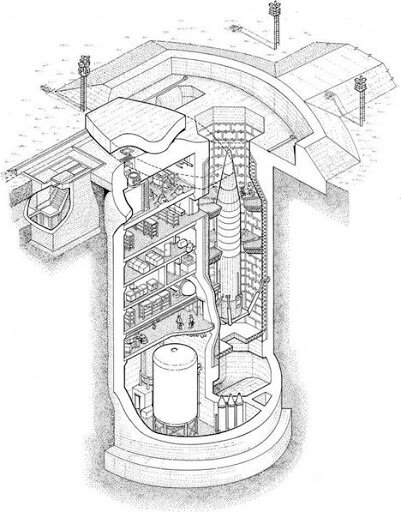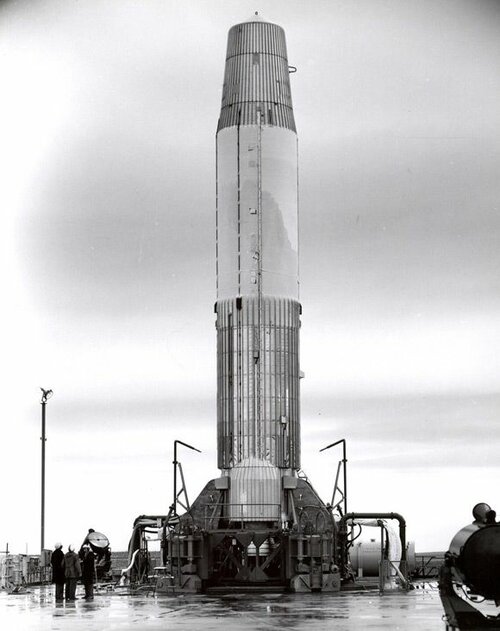- Joined
- 27 September 2006
- Messages
- 6,074
- Reaction score
- 6,188
Does anyone know if the UK ever planned to base Blue Streak MRBMs outside the UK?
I recall seeing references to looking at deploying in the UK and Near East. I assume this refers to the Sovereign Base Areas on Cyprus.
I assume basing the missile in Australia would have served no purpose unless Indonesia became a nuclear power.
I recall seeing references to looking at deploying in the UK and Near East. I assume this refers to the Sovereign Base Areas on Cyprus.
I assume basing the missile in Australia would have served no purpose unless Indonesia became a nuclear power.







